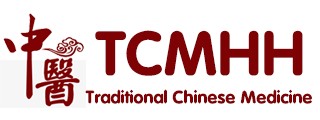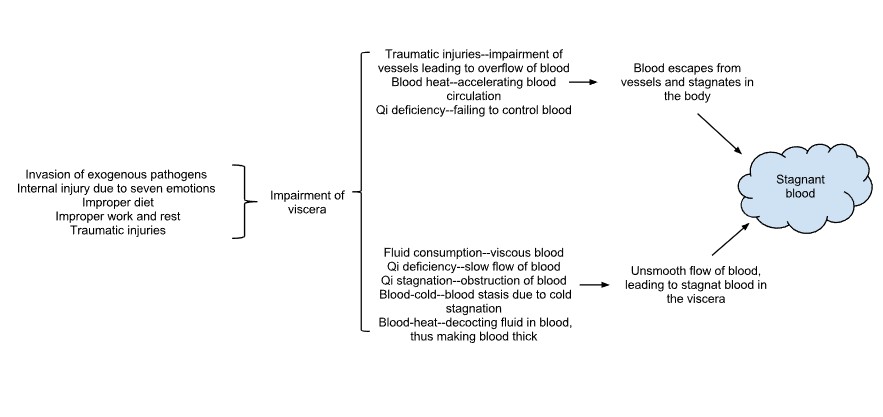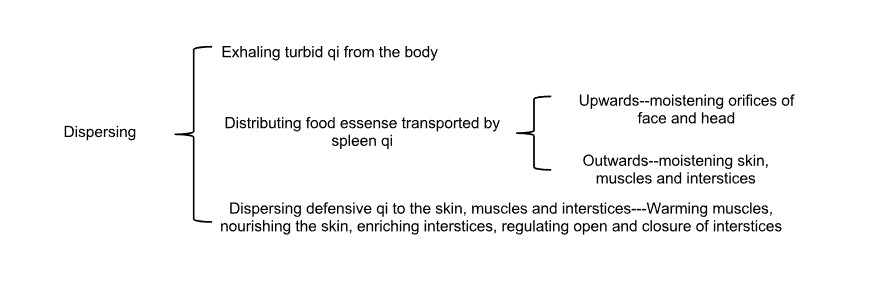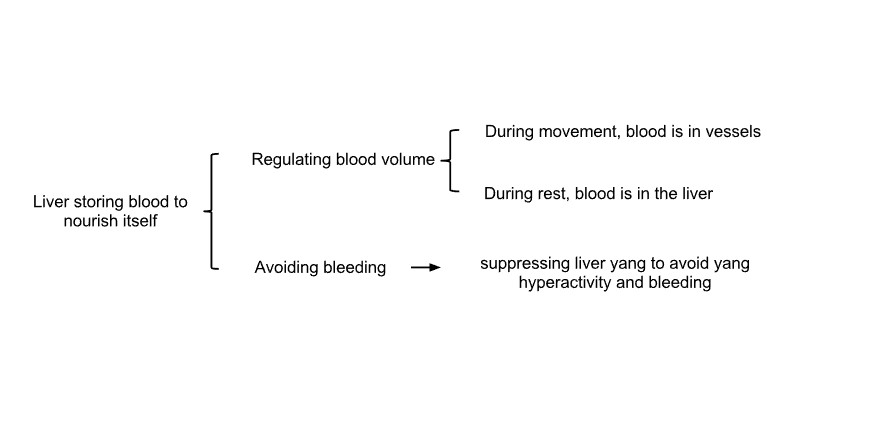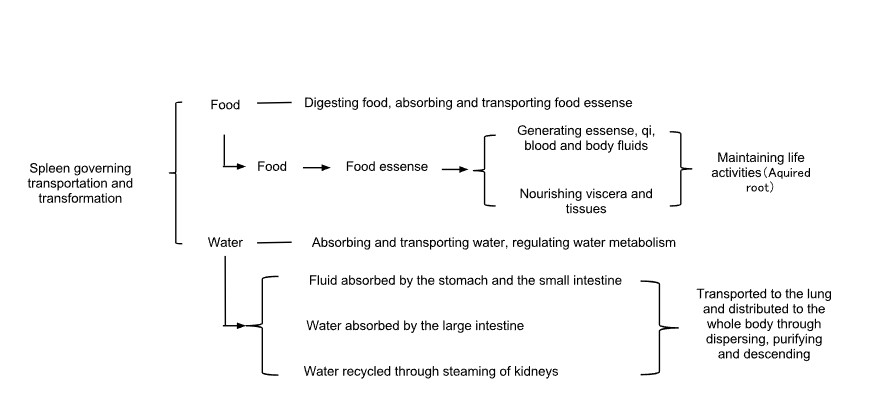THEORY
Concept of stagnant bloodStagnant blood is a pathological product resulting from disturbance and stagnation of blood circulation, including abnormal flow of blood, or stagnated blood in meridians or viscera due to disturbed blood flow. In traditional Chinese medicine literature, it is variously term
Zhi yong shang method is to use medicines of clearing heat, make carbuncle easy to cure.1.Wai yang therapyOuter sores include carbuncles, ulcer, deep-rooted boil, erysipelas. Cause of ulcer can be the six external factors which cause diseases, seven emotions, or external injuries.The therapies can b
It is to use drugs of eliminating stagnation and promoting the circulation of qi, to tonify spleen and stomach, and a perfect way to disintegrating masses, relieving fullness.1.Xiao shi dao zhi method(Eliminating retention of food)Common drugs such as shan zha, shen qu, gu ya, mai ya, sha ren, ji ne
Kai qiao tong guan method: Use the drugs that clear head and refresh the mind to cure obnubilation. Obnubilation can be subdivided into hot and cold Obnubilation that drugs have cold treatment and warm one as well.1.Liang kai method(cold treatment)It is effective for warm and hot illness, sudden fai
All treating methods that use drugs curing internal and external diseases are called Biao Li Shuang Jie method. For those have both external and extreme serious internal symptoms, drugs that can only cure the external ones can not help out. In this case, it is necessary to consider this two-way meth
This method is to use warm nature medicines to expel cold, enhance the yang. The cold syndromes are all being attacked by cold or emerging the cold from inner body, what have been discussed here is mostly ways to cure inner cold.1.Wen zhong qu han method(Expelling cold within warm)This is the method
The lung is located in the chest. Since its location is the highest among the internal organs, it is compared to a "canopy";. The lung is delicate, intolerable to cold and heat, and is easy to be attacked by pathogenic factors. That is why it is called "a delicate organ".Since the lung assists the h
The five zang-organs include the heart, the lung, the liver, the spleen and the kidney.The five constituents include the vessels, the skin, the tendons, the muscles and the bones that are dominated by the five zang-organs respectively.The heart is located in the chest between the two lobes of the lu
The liver is located below the diaphragm and in the right rib-side. The liver "pertains to yin in entity and yang in function"; This is the physiological characteristics of the liver. As one of the five zang-organs, the liver pertains to yin because it stores yin-blood. However in function the liver
The spleen, located in the abdomen, governs digestion and absorption. As the source of qi, blood and body fluid, the spleen plays a vital role in maintaining life activities. Such a function of the spleen only comes into play after birth. That is why it is said that "the spleen is the acquired base
